Imagine you were on a sidewalk with your friend and suddenly the concrete floor under your feet moves. You grab your friend to avoid falling. All streetlights in the area swings uncontrollably. You get scared and start feeling dizzy. Neither you nor your friend has had this experience before, but you both scream, "Earthquake!"
Minutes pass, the shaking stops and there is relief. You start asking questions about how earthquakes occurs and still wondering when the next earthquake will occur.
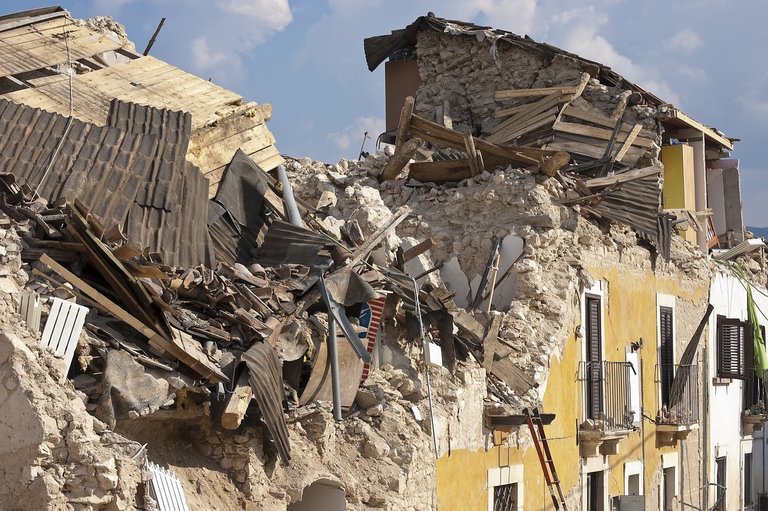
Image source: pixabay
Energy of Earthquakes
What are Earthquakes
Earthquakes are movements of the earth's crust that occurs when plates shift and release stored. They are caused by volcanic activities or movements. The energy of earthquake can break and move rock and soil. Most earthquakes occur at depths less than 100km, where there are brittle rocks. The location below the earth’s surface where the earthquake starts is called the hypocenter, and the location directly above it on the surface of the earth is called the epicenter.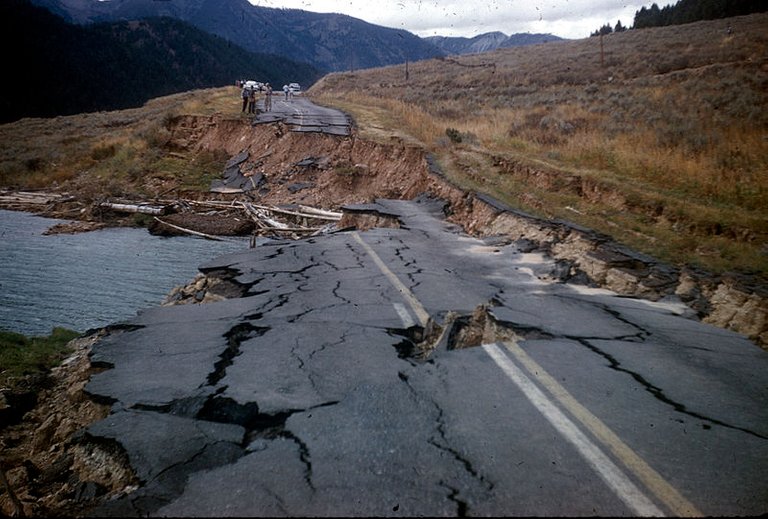
Image source:wikimedia commons
Although earthquakes are dramatic events not all are noticed, earthquakes can be so small that people might not notice them.
Causes of earthquake
Most earthquakes happen as a result of movements of the earth's crust along faults. A fault is a fracture in the earth's crust. Faults have two sides that move in different directions, these opposing movements causes earthquakes to occur.
Ever wondered why the earth shakes when there is an earthquake?
Let me enlighten you a little. While the edges of faults are stuck together, and the rest of the block is moving, the energy that would normally cause the blocks to slide past one another is being stored up. When the force of the moving blocks finally overcomes the friction of the jagged edges of the fault and it loosens, all that stored up energy is released. The energy radiates outward from the fault in all directions in the form of seismic waves like ripples on a pond. The seismic waves shake the earth as they move through it, and when the waves reach the earth’s surface, they shake the ground and anything on it, like our houses, cars and us!
Physics of Earthquakes
Whenever you hear about an earthquake, one thin that should come to your mind is force, there are forces or stress that in the earth's crust. These forces work along faults. These forces make the two sides of a fault to move past each other. Extreme stress pile up in these areas as the two sides of the fault try to past each other. When rocks are strained beyond their elastic limits(elastic limit is how much of stress a material can take) they break and grind past each other thereby release large amounts of energy. When rocks break and move, the potential energy is transformed into kinetic energy in form of seismic waves (seismic waves are the vibrations that are produced when earthquakes occur).
There are three main types of seismic waves produced by earthquakes:
- Primary waves (P waves)
- Secondary waves(S waves )
- Surface(L waves)
P waves are the fastest of all the seismic waves. They are longitudinal waves.
In a longitudinal wave, the material through which the wave is travel moves in the same direction as the wave.
S waves arrive at giving point. They are transverse waves. They move similarly to the up and down movements of a rope. The wave moves at right angle to the wave direction.
L waves travel along the Earth's surface, unlike the P and S waves that travels through the earth's interior. L waves are the cause of the damage cause by earthquake because the make the Earth surface move up and down or side to side.
Earthquakes Rating
The magnitude of an earthquake, is often described in terms of the numbers on a Richter scale. The Richter magnitude is based on the amount of shaking caused by the earthquake.
Example: A magnitude 7 earthquake causes 10 times more motion on the ground than magnitude 6 and 100 times more than magnitude 5.
Mercalli scale is also used intensity scale is also used to rate earthquakes. This is based on the intensity of the earthquake which includes ground motion and damage.
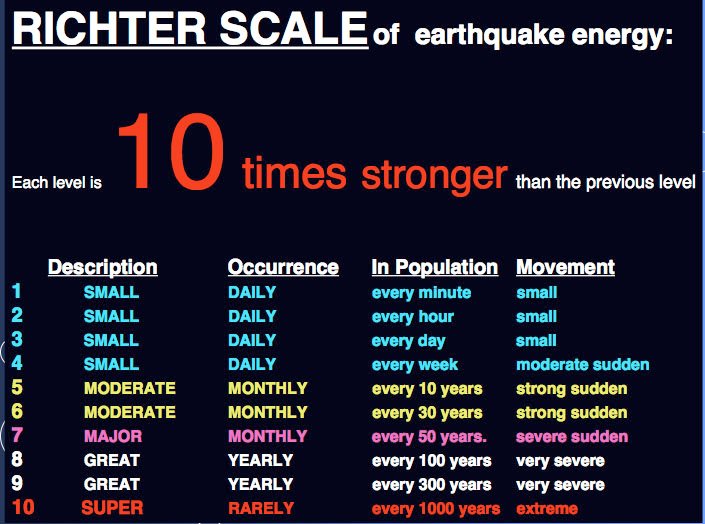 Image source: wikimedia commons
Image source: wikimedia commons
Evidence of Earthquake
Sometimes you see a road separated and you may wonder how it became separated. For the separation to happen there must be a powerful force that separates them, you can probably conclude that an earthquake causes the separation.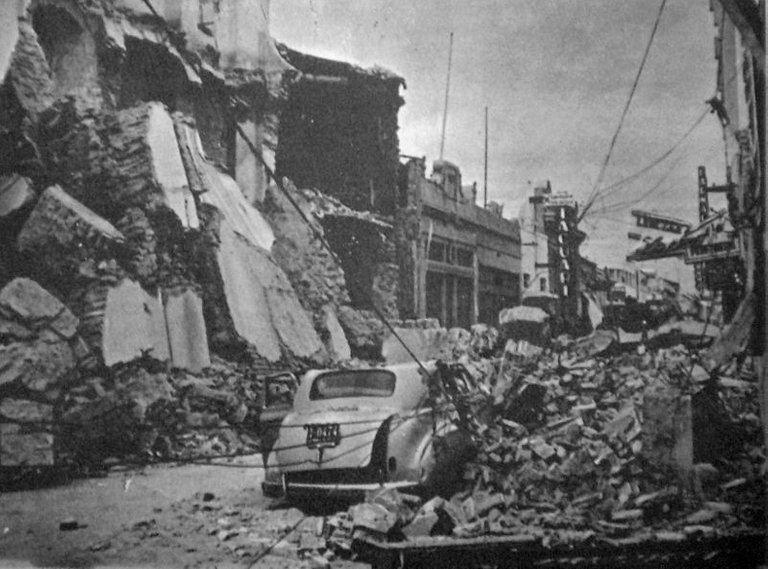
image source: wikimedia commons
Ground level Evidence
After an earthquake you might notice changes in the ground level near a fault whether horizontally or vertically. Strong earthquakes generally leaves more dramatic evidence than small earthquakes.
Other evidence of earthquake may include.
Slides
Earthquakes sometimes cause slides, or rapid downslope movement of the soil and rock.
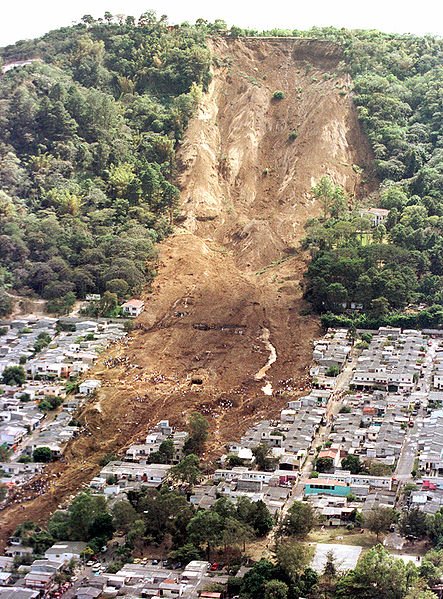
image source: wikimedia commons
scarps
A sudden movement along a fault may create a scarp, or cliff.

image source: wikimedia commons
fissures
Earthquakes produce fissures, or long cracks in the soil or rock. fissures may cause landslides if they occur on a hill or mountainside.
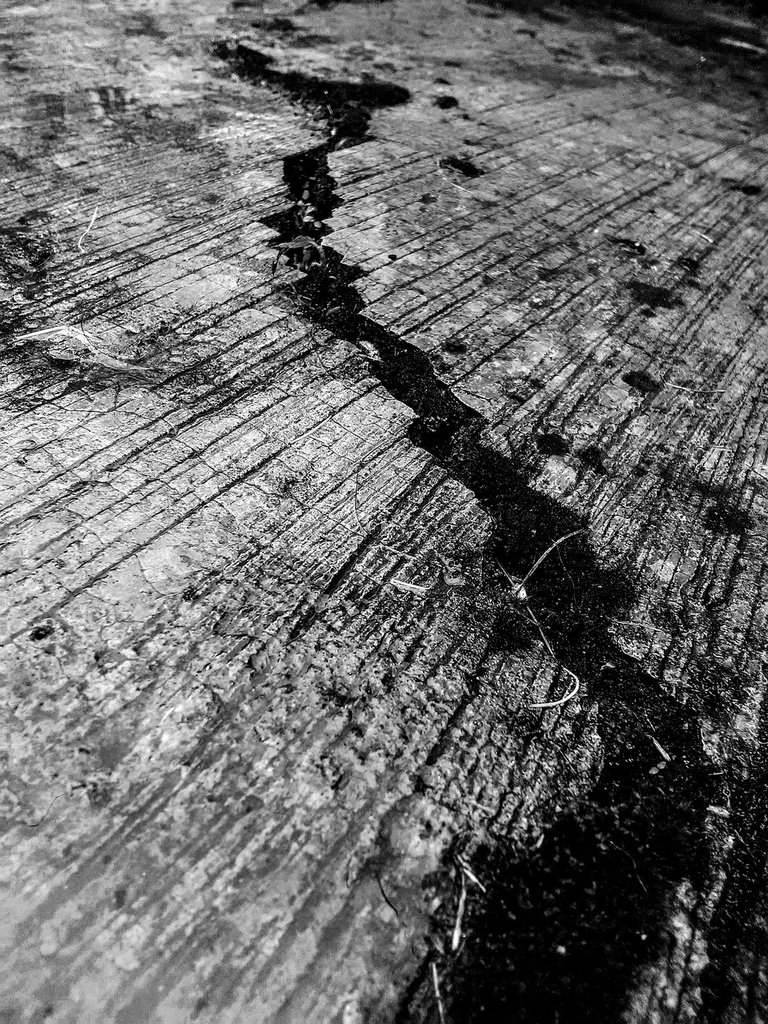
image source: pixabay
Earthquake Damage
Earthquakes can level entire cities and towns.The most important factor that determines the damage an earthquake is likely to cause is how close the earthquake epicenter is to a populated area. A moderate earthquake that occurs in a crowded city can cause more damage than a strong earthquake that occurs in the desert. Buildings on loose soil have very little chance of surviving earthquakes.
Conclusions
Earthquakes are one of the things nature throw at use humans to test our survival instincts, we can't stop them from occurring but we try our best to reduce the damage it may cause. If you live in areas near an active fault,you and your family should probably prepare for possible earthquakes because it is likely to occur in such areas. So it is best to make and develop earthquake disaster plans. These plans should include:
What to do during an earthquake.
Where to meet after an earthquake.
How to communicate with each other if phone lines can't connect.
Strict building and zoning laws should be enforced in areas prone to earthquakes.